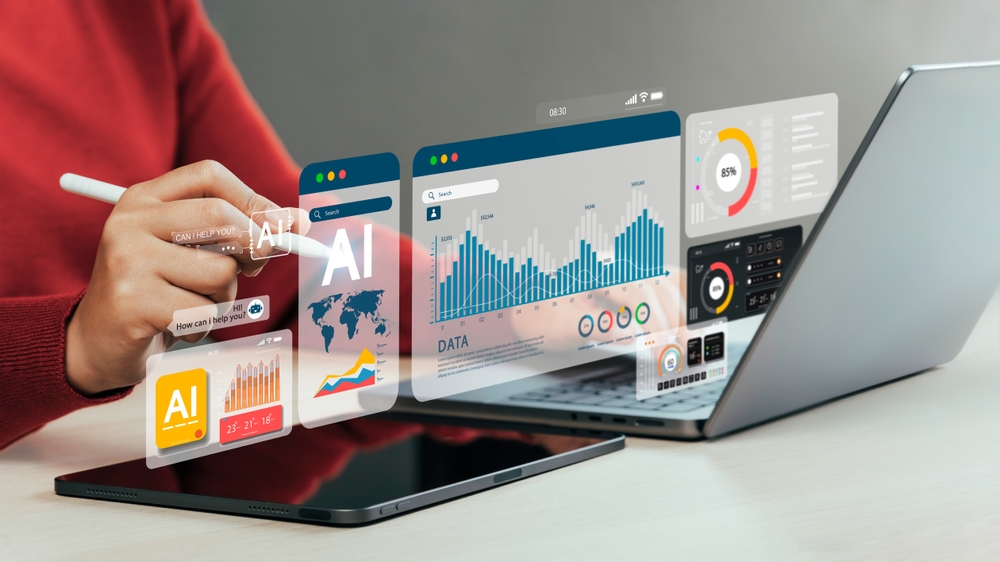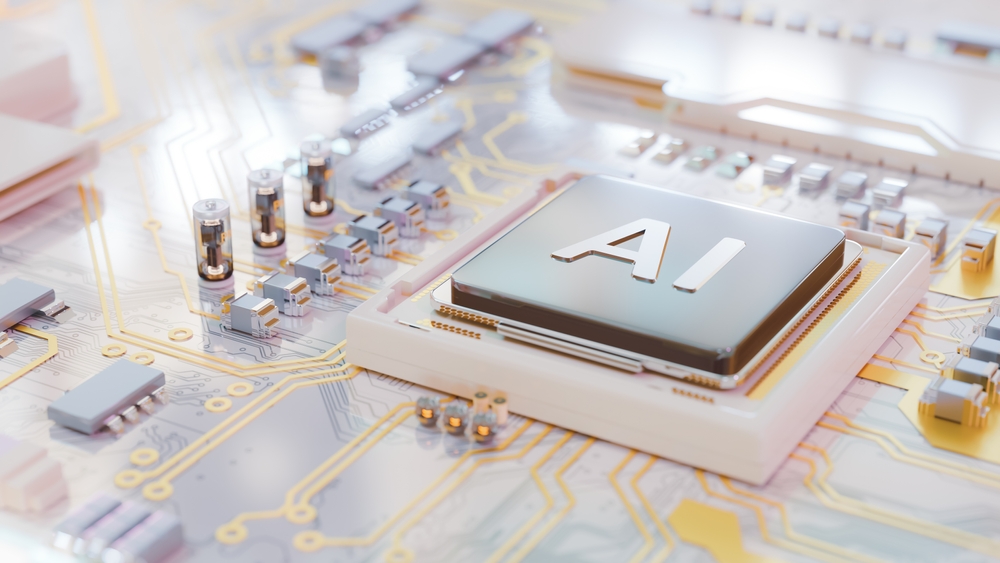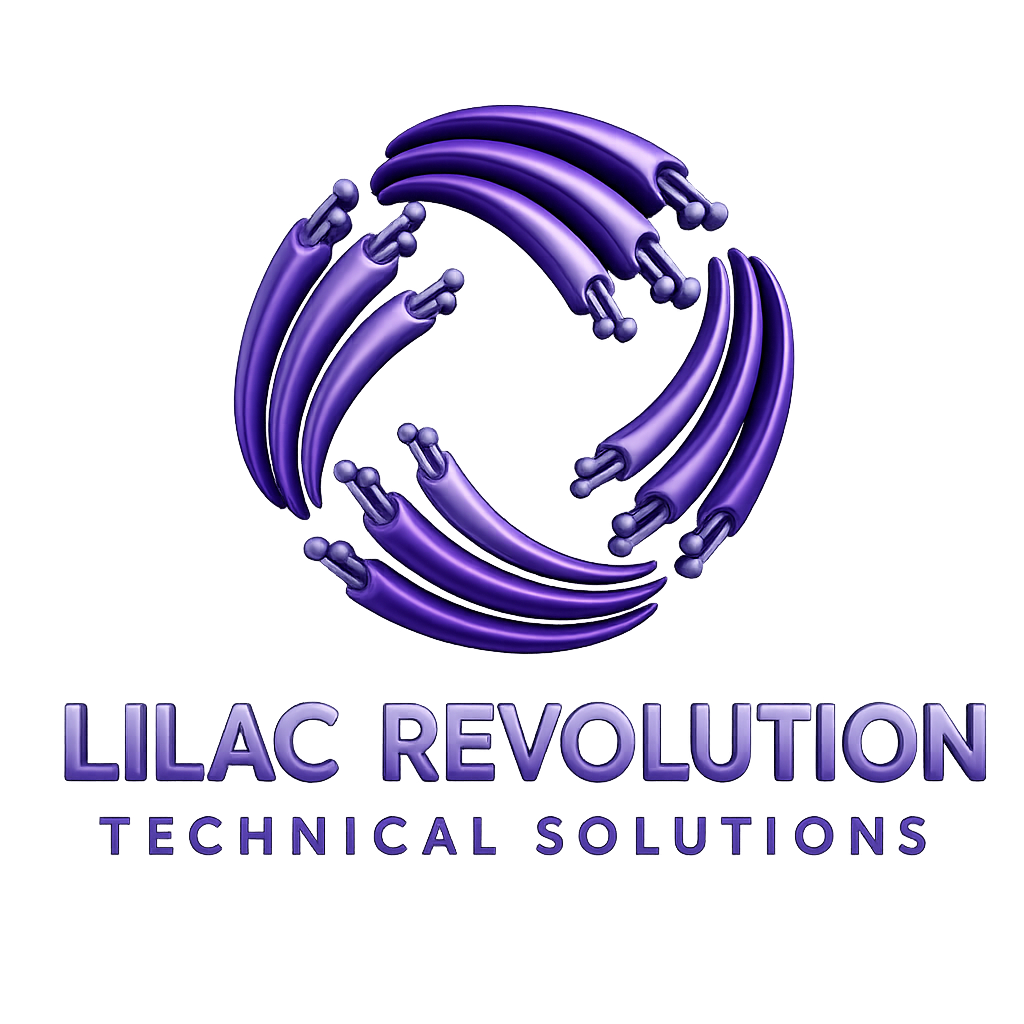Unveiling AI’s Role in Boosting Computer Performance and Enhancing Personal Experiences
Imagine your computer running at lightning speed, handling tasks like a pro, and anticipating your every need. AI is not just a buzzword; it’s the force behind these incredible shifts in computer performance and personal experience. From machine learning to natural language processing, AI is reshaping how we interact with technology. Get ready to explore how virtual assistants and intelligent task automation can transform your digital life, making every interaction smoother and more personal. Let’s dive into this fascinating world and see what AI can do for you. For more insights on how AI is changing our digital landscape, check out this article from IBM.
AI and Computer Performance

AI is making computers smarter and faster, changing how we use technology every day. Let’s look at how AI boosts computer performance through clever algorithms and task automation.
Smarter Algorithms at Work
AI algorithms are the brains behind faster, more capable computers. They’re like mini-experts living inside your device, always learning and improving.
These algorithms analyze how you use your computer and adjust settings to match your needs. For example, they might notice you often edit photos in the evening and automatically free up memory for that task.
AI also helps your computer predict what you’ll do next. It might pre-load apps you usually open at certain times, making your workflow smoother. This predictive power saves time and makes your computer feel more responsive.
Lastly, AI algorithms can spot and fix problems before you even notice them. They monitor system health, update software, and clean up unnecessary files, keeping your computer in top shape without you lifting a finger.
Intelligent Task Automation
AI-powered task automation is changing how we work with computers. It’s like having a smart assistant that takes care of repetitive jobs, letting you focus on more important things.
One big way AI helps is by sorting and organizing files. It can categorize documents, photos, and emails automatically, saving you hours of manual work. AI can even suggest which files you might need next, based on your past behavior.
AI also shines in data entry and form filling. It can extract info from documents and plug it into the right fields, cutting down on errors and speeding up processes. This is especially helpful for businesses dealing with lots of paperwork.
For creative tasks, AI can handle basic edits and enhancements. In photo editing, for instance, it can adjust lighting, remove backgrounds, or even suggest filters based on the image content. This leaves you free to focus on the artistic aspects of your work.
Enhancing Personal Experiences

AI is making our interactions with technology more personal and intuitive. From virtual assistants that learn our habits to user interfaces that adapt to our needs, AI is creating a more user-friendly digital world.
Virtual Assistants Revolution
Virtual assistants powered by AI are changing how we interact with our devices. They’re becoming more like personal helpers who understand our needs and preferences.
These assistants learn from our daily routines and adjust their behavior accordingly. For example, they might notice you always check the weather in the morning and start providing that info without being asked.
Voice recognition has improved dramatically thanks to AI. Virtual assistants can now understand different accents and even context, making conversations feel more natural. They can also recognize emotions in your voice and respond appropriately.
AI allows these assistants to handle complex tasks. They can now manage your calendar, book appointments, and even make purchases on your behalf. This level of capability turns them from simple command-takers into proactive helpers.
As Intel’s newsroom points out, AI-enabled PCs can now perform tasks like automatically enhancing your video for better quality during video calls.
User-Friendly Technology Design
AI is making technology easier to use by creating interfaces that adapt to each user’s needs and preferences.
One way AI does this is through personalized layouts. Your device might rearrange icons or menus based on which ones you use most often, putting your favorite tools right at your fingertips.
AI can also adjust how information is presented based on your learning style. If you prefer visual aids, it might show more graphs and charts. If you like reading, it could provide more detailed text explanations.
For users with disabilities, AI is a game-changer. It can automatically enable accessibility features, adjust text size, or even describe images for visually impaired users. This makes technology more inclusive and user-friendly for everyone.
AI also helps create more intuitive navigation within apps and websites. It can predict what you’re looking for and suggest shortcuts, making it easier to find what you need quickly.
Advancements in AI Technologies
AI is rapidly evolving, with breakthroughs in machine learning and natural language processing leading the way. These advancements are making AI more powerful and applicable to a wider range of tasks.
Machine Learning Breakthroughs
Machine learning is the engine driving many AI advancements. It’s all about computers learning from data and improving over time.
One exciting area is deep learning, which mimics how our brains work. This technique has led to big improvements in image and speech recognition. Computers can now identify objects in photos or understand spoken words with amazing accuracy.
Another breakthrough is reinforcement learning. This is where AI learns by trial and error, like how we learn to play a new game. It’s been used to create AIs that can beat humans at complex games like Go and even help design new medicines.
Transfer learning is also making waves. This lets AIs apply knowledge from one task to another, much like how humans use past experiences in new situations. It’s making it easier to train AIs for new tasks without starting from scratch each time.
As noted in this University of Chicago study, machine learning is also being used to improve economic forecasting, showing its potential beyond traditional tech applications.
Natural Language Processing Impact
Natural Language Processing (NLP) is changing how we communicate with computers, making interactions feel more human-like and natural.
One big leap in NLP is in translation. AI can now translate between languages in real-time, breaking down language barriers in both personal and professional settings. This technology is getting better at capturing nuances and context, not just word-for-word translations.
NLP is also improving how computers understand and generate human language. Chatbots and virtual assistants can now engage in more natural conversations, understanding context and even picking up on emotional cues in text.
In content creation, NLP is making waves. AI can now write articles, summarize long texts, and even generate creative writing. While it’s not replacing human writers, it’s becoming a powerful tool for content generation and editing.
Sentiment analysis is another area where NLP shines. It can analyze social media posts, customer reviews, and other text to understand public opinion about products or brands. This gives businesses valuable insights into customer feelings and needs.
